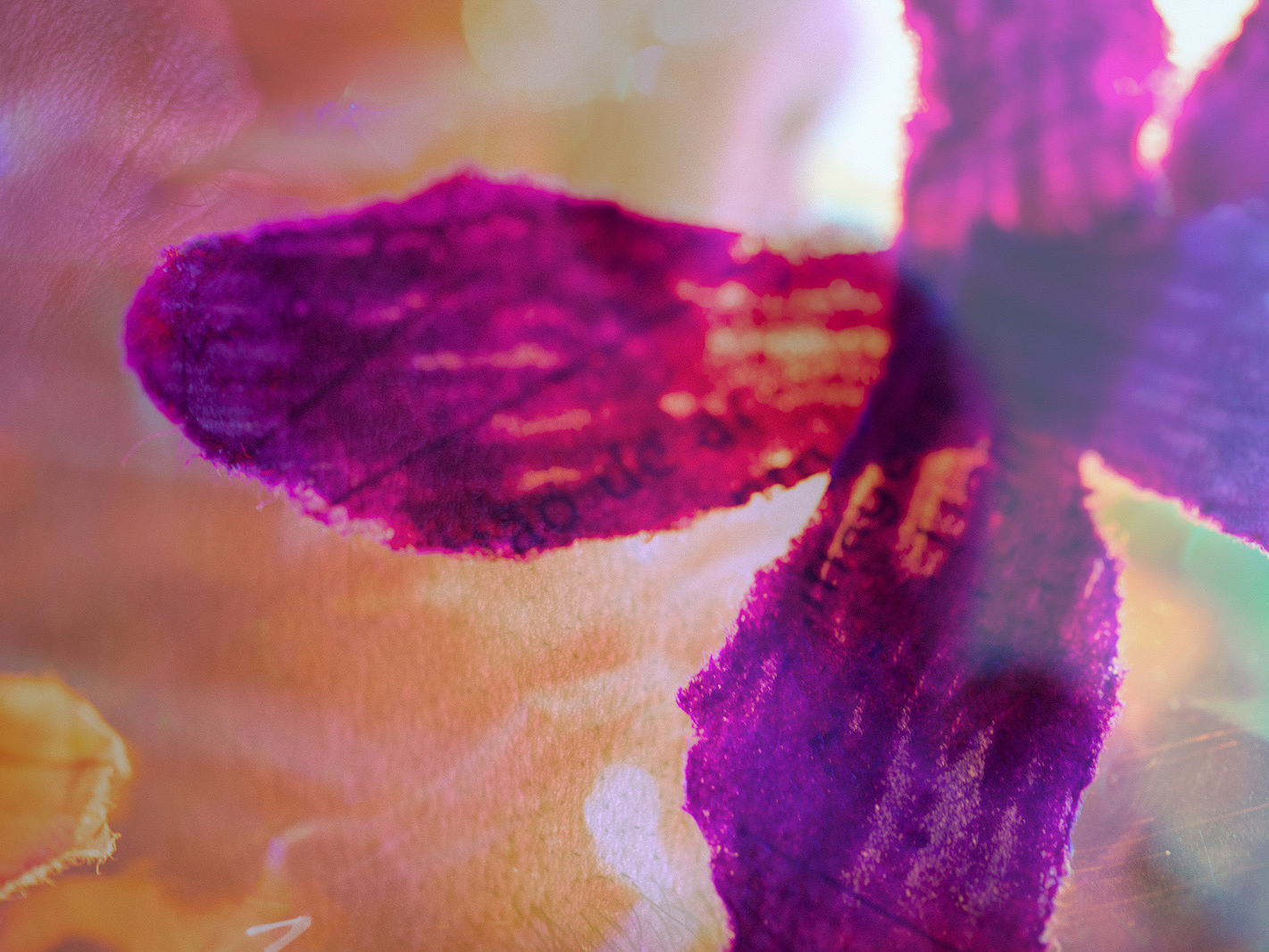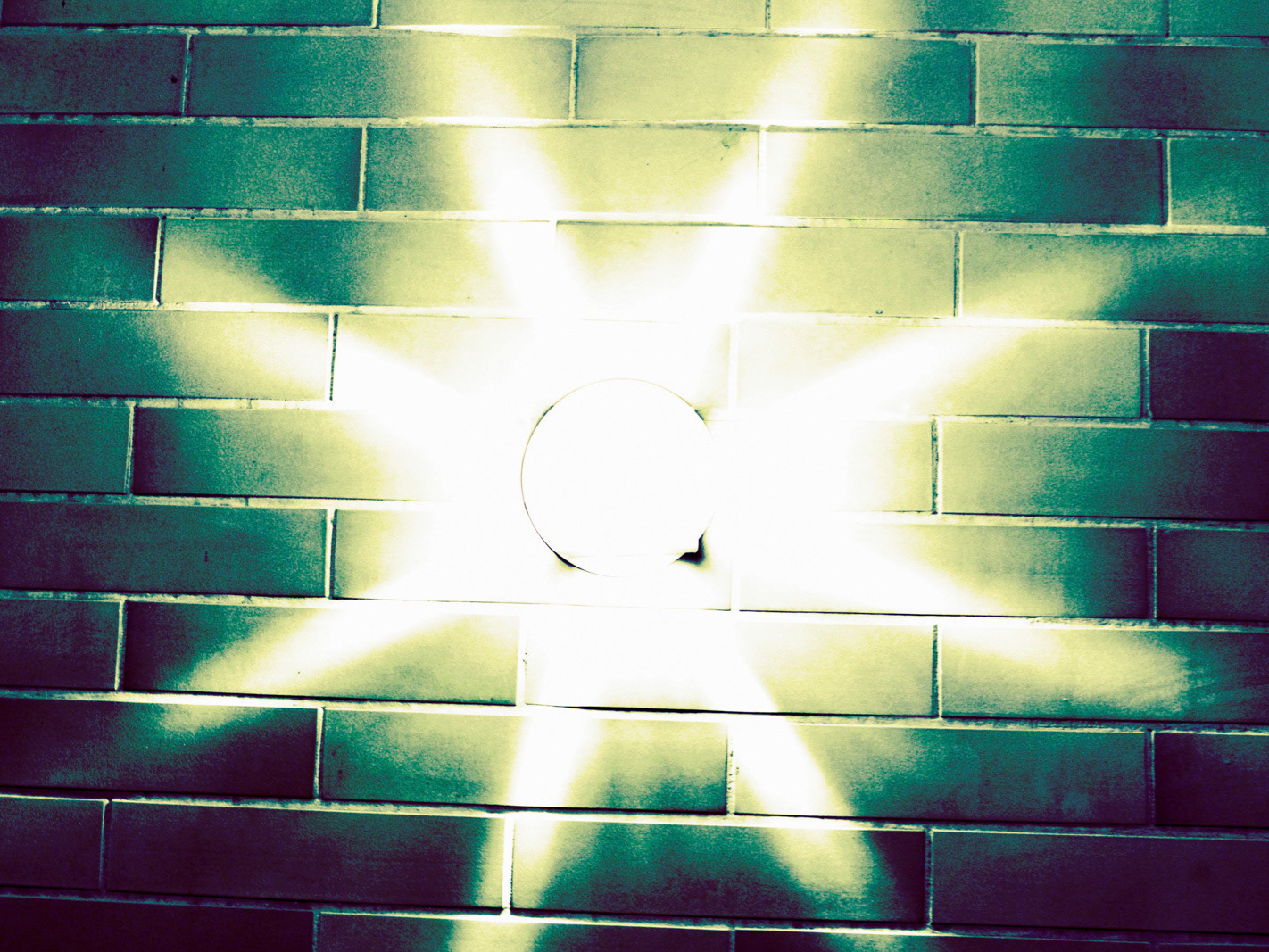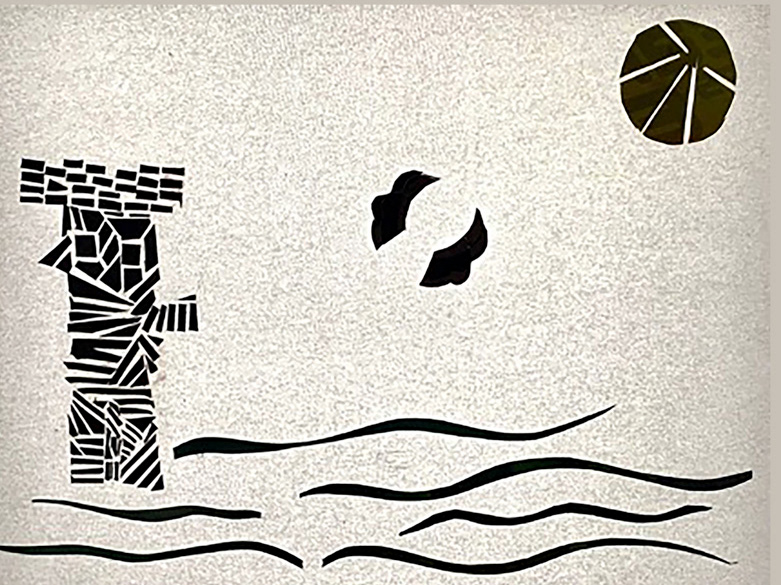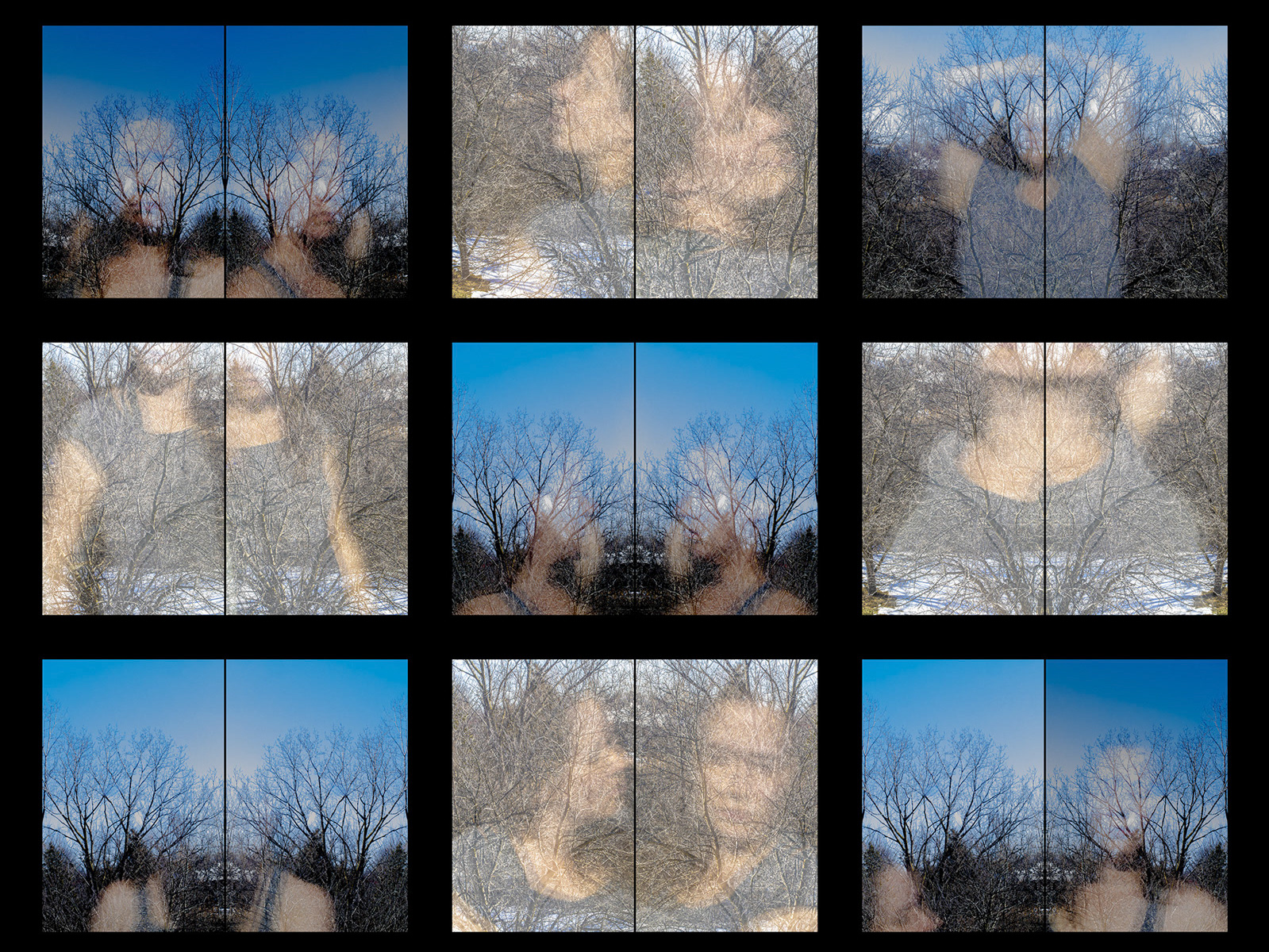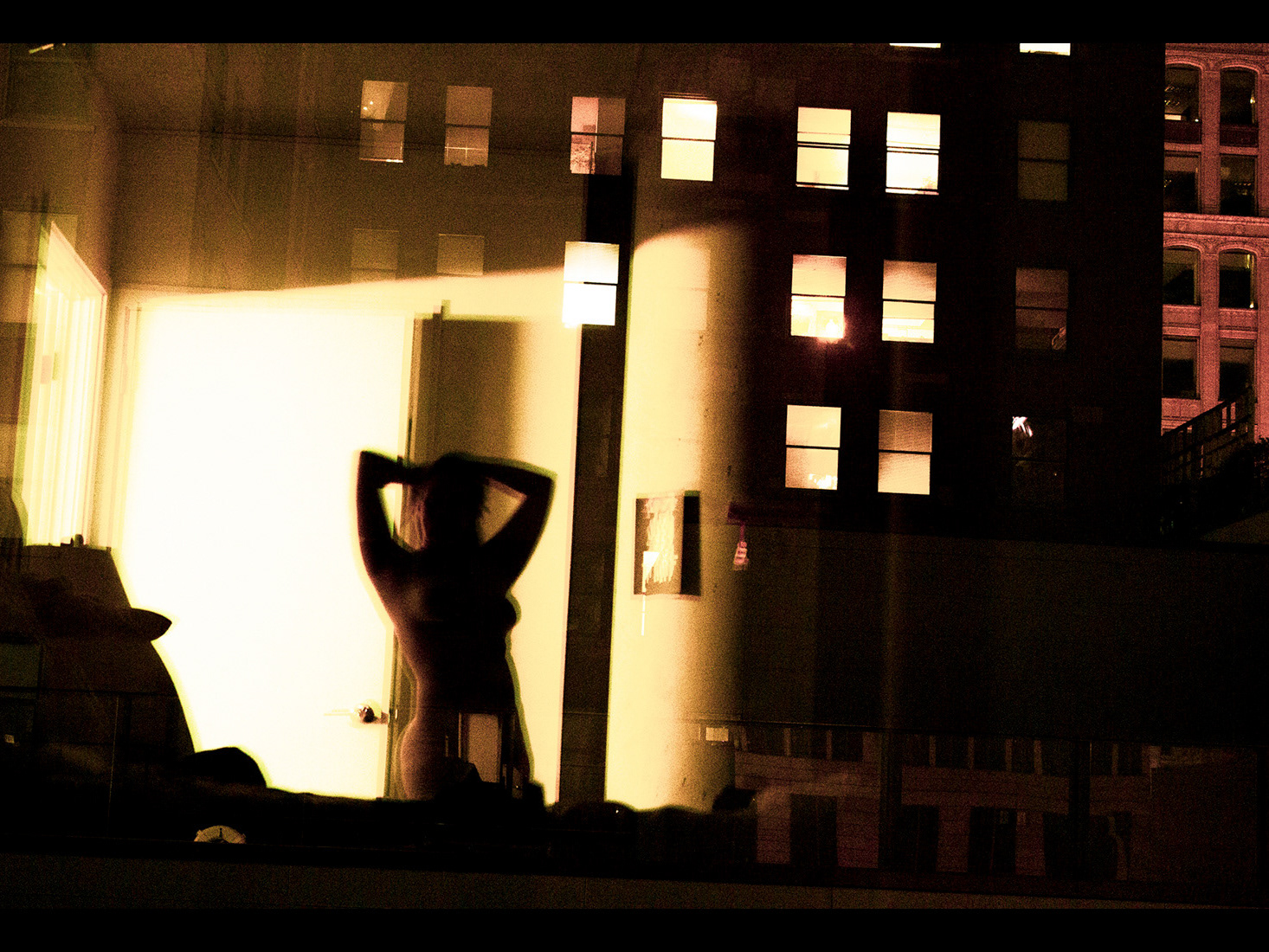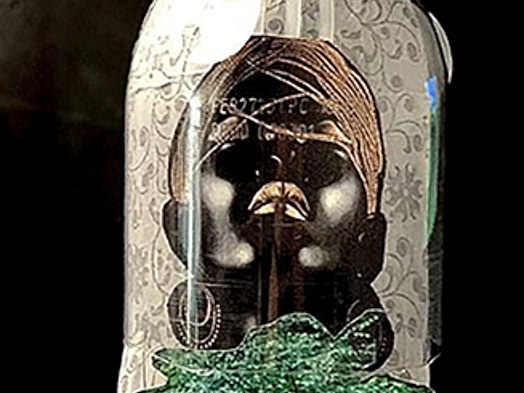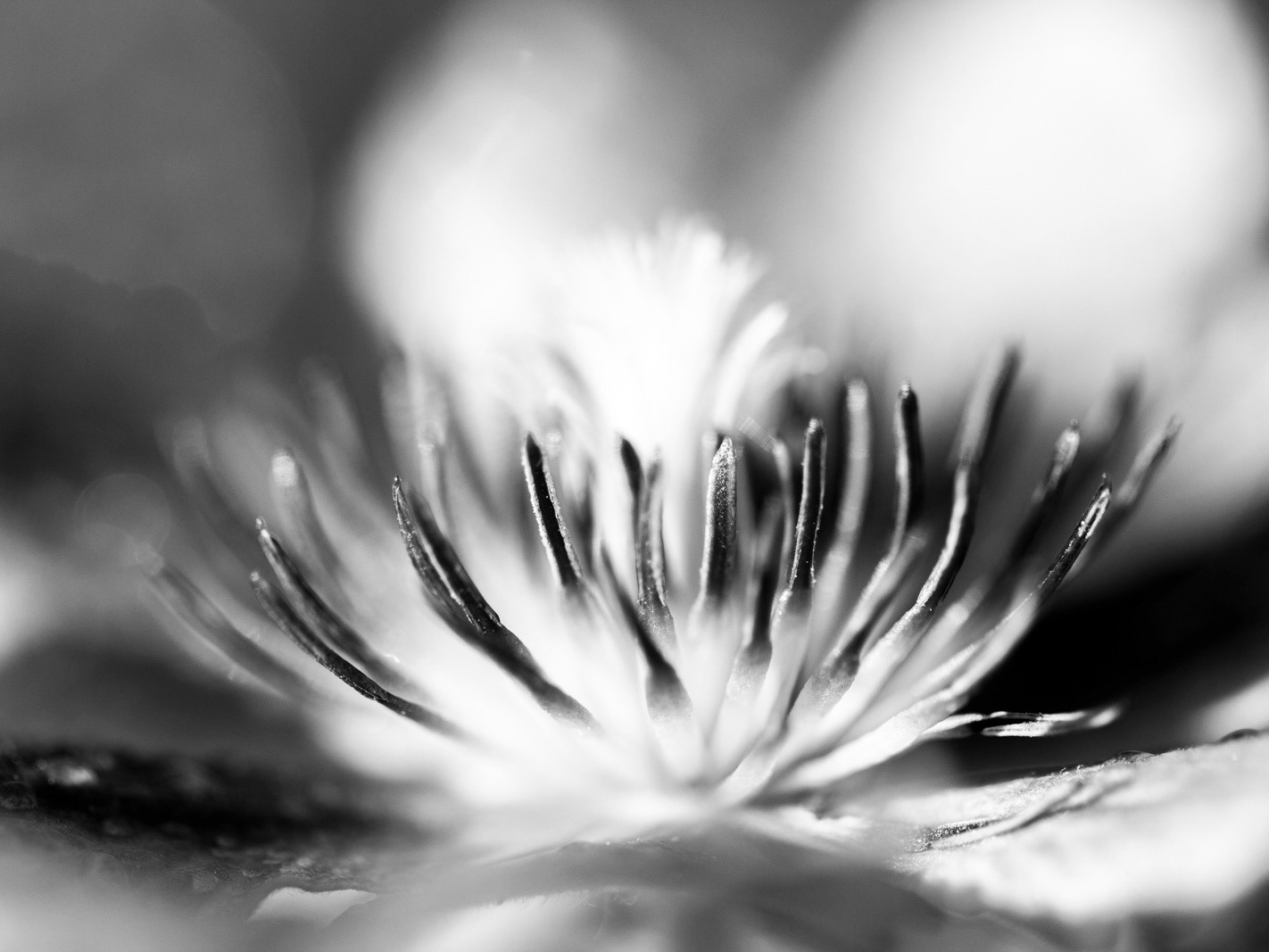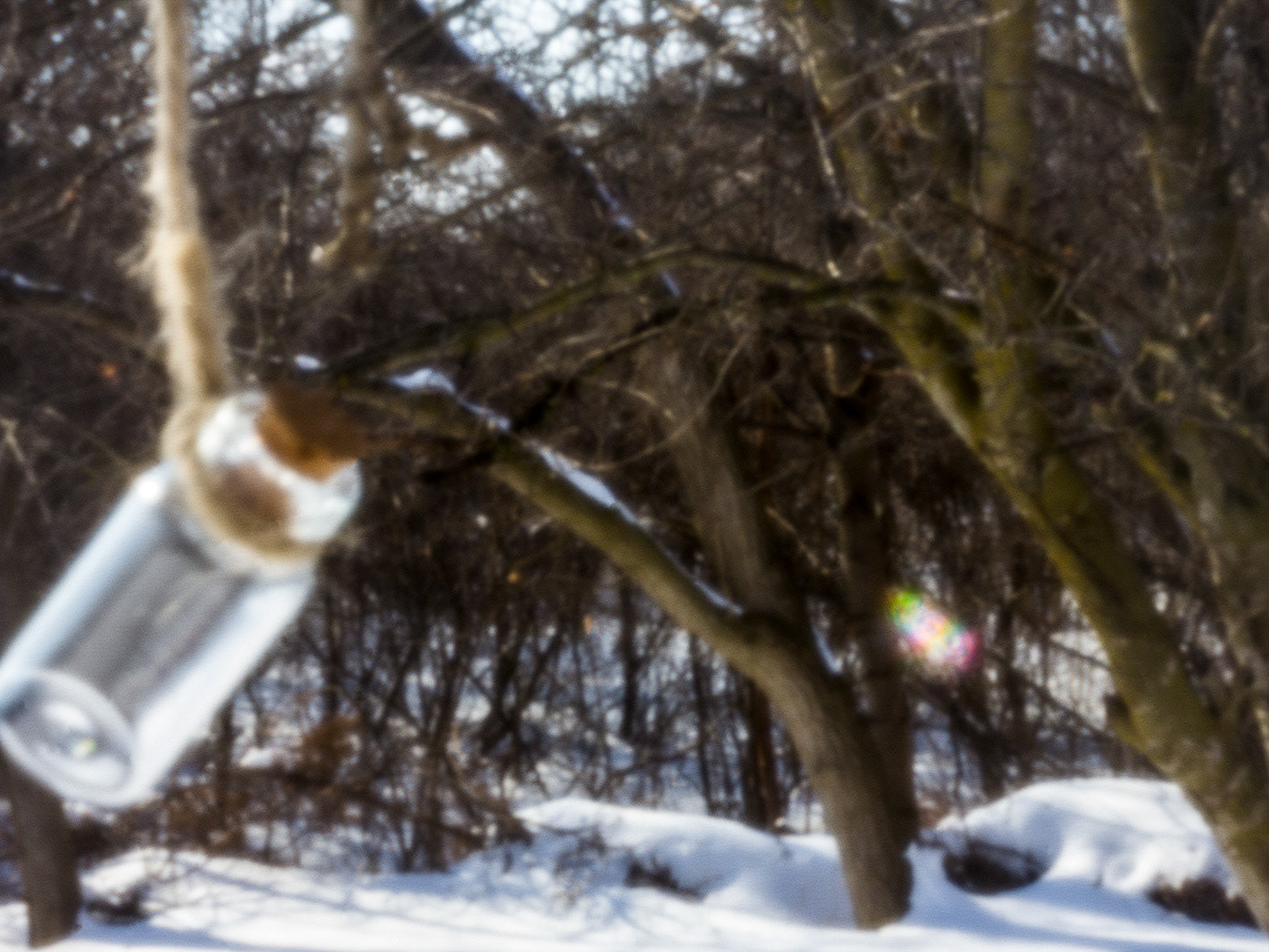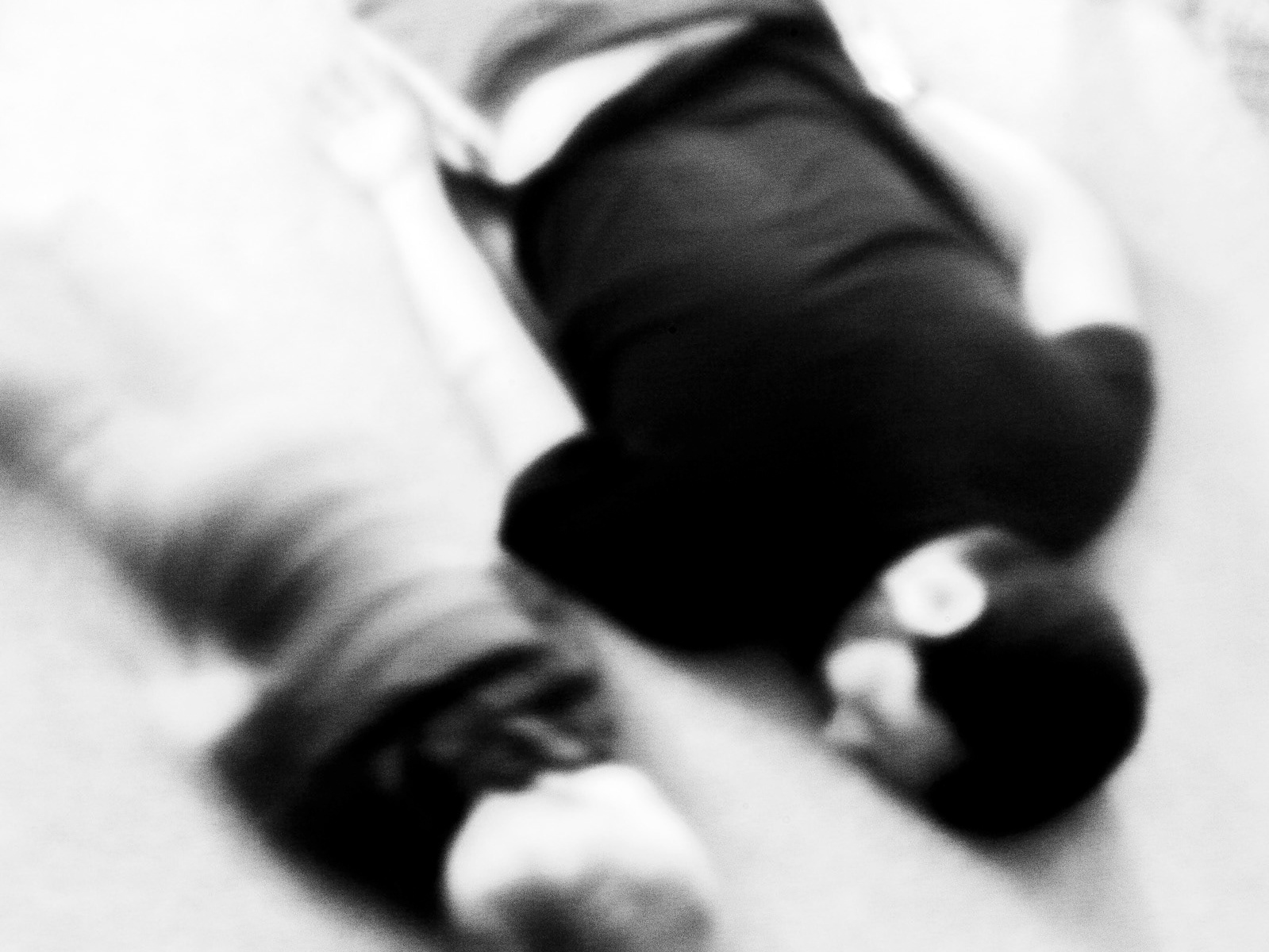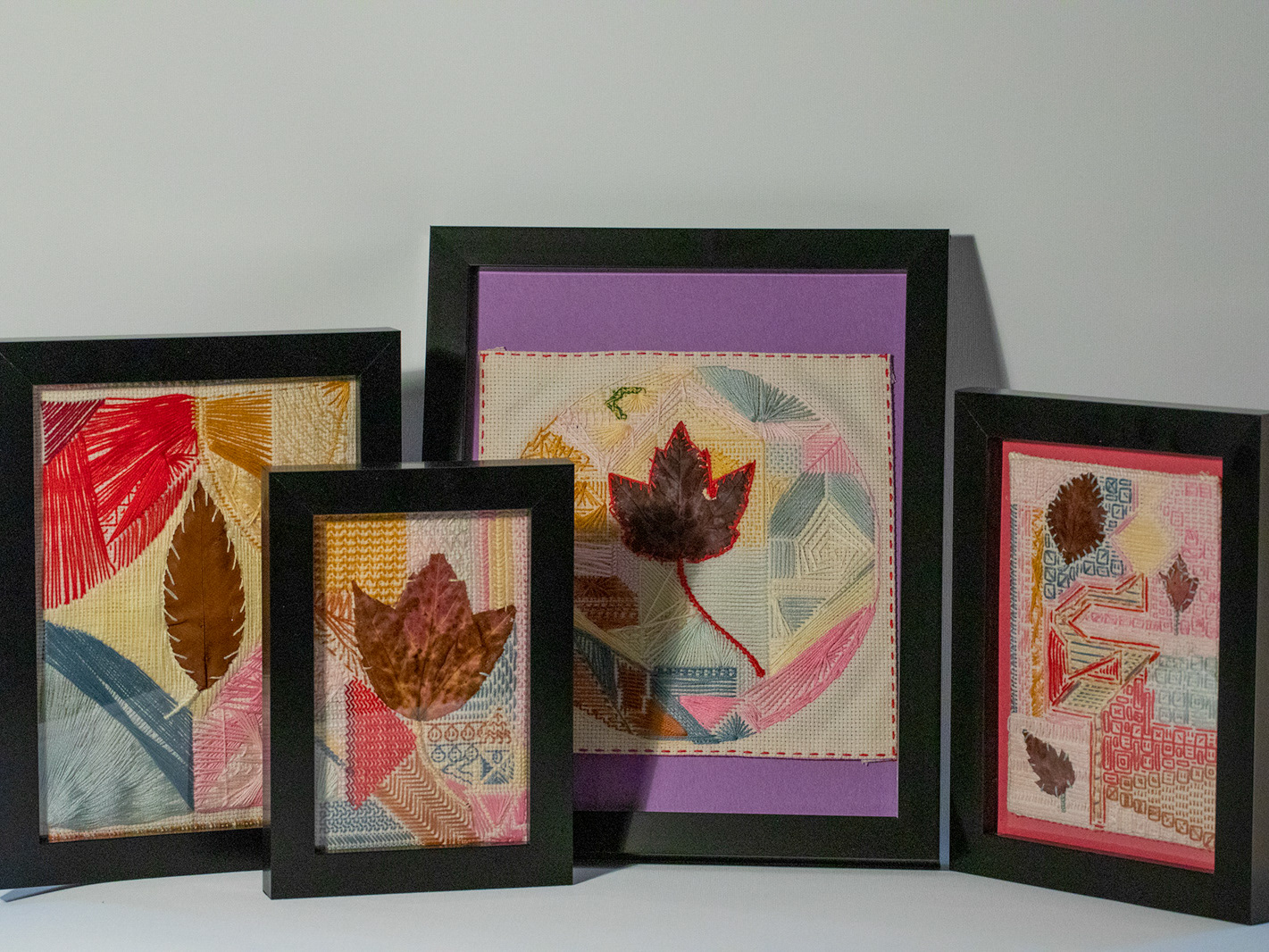Antotipia é uma técnica fotográfica experimental onde se usa pigmento fotossensível proveniente de materiais naturais, como raizes, caules, flores e frutos.
O pigmento é extraído através da maceração da planta (ou parte dela) com algum solvente (álcool e água são os mais comuns), formando assim uma emulsão fotossensível.
Esta emulsão, uma vez aplicada em substrato e exposta à luz, pode criar uma imagem fotográfica por desbotamento ou escurecimento. Lembrando que pode levar dias ou semanas para ser possível observar essa imagem.
Entretanto, essa emulsão continua a sua transformação com o decorrer do tempo e a imagem tende a esmaecer, mesmo na luz indireta.
E é por isso que não se vê antotipias expostas em quadros por aí!
Sobre técnicas experimentais: experimentação não é um resultado, mas um processo. 1
1 ÁGORA of Experimentation, ‘An experimental photography MANIFESTO’ – “Experimental photography is an attitude and a way of doing things, not a result.”
Anthotype is an experimental photographic technique that uses photosensitive pigment from natural materials, such as roots, stems, flowers and fruits.
The pigment is extracted by crushing the plant (or part of it) with some solvent (alcohol and water are the most common), thus forming a photosensitive emulsion.
This emulsion, once applied to a substrate and exposed to light, may create a photographic image by fading or darkening. It’s important to have in mind that this process may take days or weeks in order to generate a distinguishable image.
However, this emulsion reaction continues over time and the image tends to fade, even in indirect light.
And that's why you won't see anthotypes displayed in frames out there!
About experimental techniques: experimentation is not a result, but a process. 1
1 ÁGORA of Experimentation, ‘An experimental photography MANIFESTO’ – “Experimental photography is an attitude and a way of doing things, not a result.”




